Table of contents
Browse categories
Browse authors
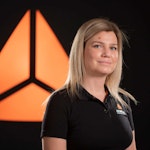 AL
ALAlessia Longo
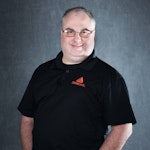 AH
AHAl Hoge
 AB
ABAljaž Blažun
 BJ
BJBernard Jerman
 BČ
BČBojan Čontala
 CF
CFCarsten Frederiksen
 CS
CSCarsten Stjernfelt
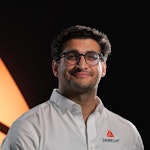 DC
DCDaniel Colmenares
 DF
DFDino Florjančič
 EB
EBEmanuele Burgognoni
 EK
EKEva Kalšek
 FB
FBFranck Beranger
 GR
GRGabriele Ribichini
Glacier Chen
 GS
GSGrant Maloy Smith
 HB
HBHelmut Behmüller
 IB
IBIza Burnik
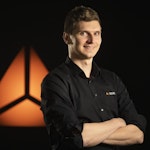 JO
JOJaka Ogorevc
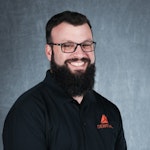 JR
JRJake Rosenthal
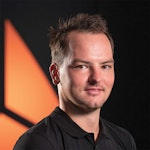 JS
JSJernej Sirk
 JM
JMJohn Miller
 KM
KMKarla Yera Morales
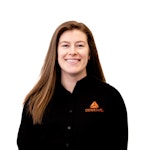 KD
KDKayla Day
 KS
KSKonrad Schweiger
Leslie Wang
 LS
LSLoïc Siret
 LJ
LJLuka Jerman
 MB
MBMarco Behmer
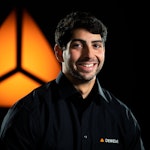 MR
MRMarco Ribichini
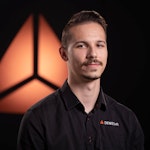 ML
MLMatic Lebar
 MS
MSMatjaž Strniša
 ME
MEMatthew Engquist
 ME
MEMichael Elmerick
 NP
NPNicolas Phan
 OM
OMOwen Maginity
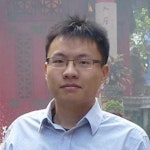 PF
PFPatrick Fu
 PR
PRPrimož Rome
 RM
RMRok Mesar
 RS
RSRupert Schwarz
 SA
SASamuele Ardizio
 SK
SKSimon Kodrič
 SG
SGSøren Linnet Gjelstrup
 TH
THThorsten Hartleb
 TV
TVTirin Varghese
 UK
UKUrban Kuhar
Valentino Pagliara
 VS
VSVid Selič
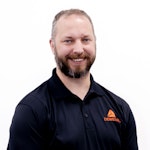 WK
WKWill Kooiker
Measuring and Analyzing Hand Gesture Motion with Dewesoft DAQ
Aljaž Lorber
University of Maribor
November 24, 2025
Can hand gestures be used to control smart devices, such as light switches? In this project, I explored gesture recognition using an accelerometer and DewesoftX to measure circular hand motions. By analyzing acceleration patterns and timing, I laid some groundwork for a motion-based interface alternative to voice assistants.
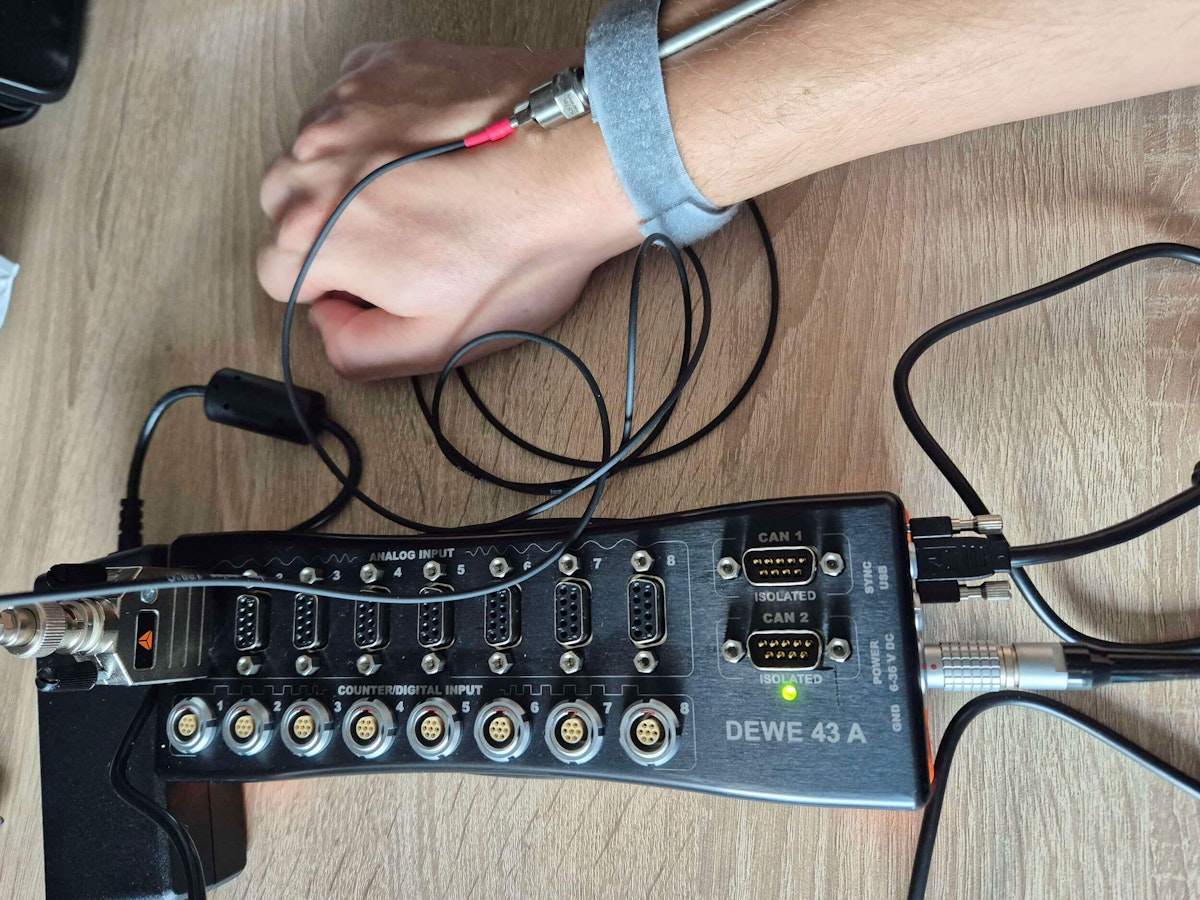
My project aims to explore the practical application of recognizing different hand gestures by tracking motion using an accelerometer. Imagine controlling your smart home devices, such as turning lights on and off, using specific hand movements instead of voice commands. This potential application of gesture recognition could bring a new level of convenience and accessibility to our daily lives.
To build a reliable gesture recognition system, one of the critical aspects is understanding the timing of different movements. For instance, drawing a small circle in the air takes less time than drawing a larger one, even though both gestures may represent the same shape. This variability in motion timing presents a challenge. Without knowing the duration of a full gesture cycle (e.g., one complete circle), it isn't easy to accurately recognize and classify the gesture.
Measurement setup
To investigate this, I conducted a set of measurements to determine the duration and acceleration characteristics of circular hand movements of different sizes. I used the Dewesoft DEWE43A data acquisition system, along with a universal accelerometer (KS78C.100). The accelerometer was securely attached to my hand using a Velcro strap, ensuring consistent contact and accurate movement tracking.
Data collection and processing
The objective of the data processing stage was to analyze the acceleration pattern during circular hand motion and to determine the duration of one complete revolution. I conducted two separate measurements, one involving smaller circular hand movements and another with larger circles, to examine how the size of the circle affects motion characteristics such as period, acceleration, and radius.
I captured the acceleration data in the time domain using the Dewesoft data acquisition system, mounting the accelerometer securely on my hand, and recording motion data during continuous circular movement. To improve the signal quality, I applied a low-pass Butterworth filter.
This filtering process, which reduced high-frequency noise and smoothed the signal, enhanced the signal quality, enabling more accurate feature extraction and analysis.
From the filtered data, I calculated the average maximum and minimum acceleration values. These values reflect the intensity of the hand movement and its periodic nature. To determine the time of one complete circular revolution, I selected a segment of the signal with visibly consistent motion.
Using the Dewesoft cursor tool, I measured the total time taken to complete twelve complete circles. Dividing this time by twelve yielded the average period for a single revolution. To further characterize the motion, I estimated the radius of the circular path using the formula for centripetal acceleration.
Centripetal acceleration formula
Where:
a is the maximum centripetal acceleration in m/s²,
ω is the angular velocity in rad/s,
r is the radius of the circular path in meters.
Solving for Radius:
To calculate ω, I used:
Where:
f is the frequency of the motion in Hz.
Final Combined Formula for Radius:
Rearranging the formula enables the calculation of the radius based on the known frequency and measured acceleration values.
I applied this method to both the small and large circle measurements, enabling comparison of how motion scale influences acceleration amplitude and period duration.
Small circle measurements
Average period: 1,0247 s
Frequency: 0,9771 Hz
Maximum acceleration: 3,6436 m/s2
Calculated radius: 0,0969 m
Large circle measurements
Average period: 1,5186 s
Frequency: 0,6585 Hz
Maximum acceleration: 6,2 m/s2
Calculated radius: 0,409 m
Conclusion
This experiment demonstrates a method to track motion using an accelerometer and time-domain signal analysis to determine the characteristics of hand-drawn gestures. By combining filtered acceleration data with time measurements, we can estimate gesture timing and motion radius, both of which are essential for building a reliable gesture recognition system.
To enhance the reliability and accuracy of gesture recognition, I consider several improvements in future work. One approach is to include multiple reference gestures to better estimate the period of each motion type. By analyzing a set of consistent gestures, the system could adapt more accurately to variations in speed and size of the gesture.